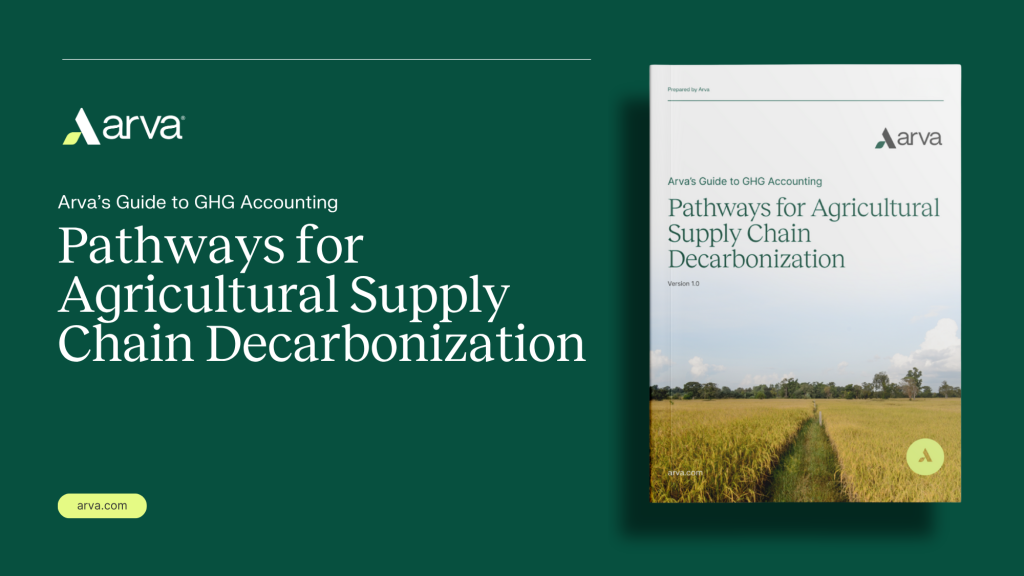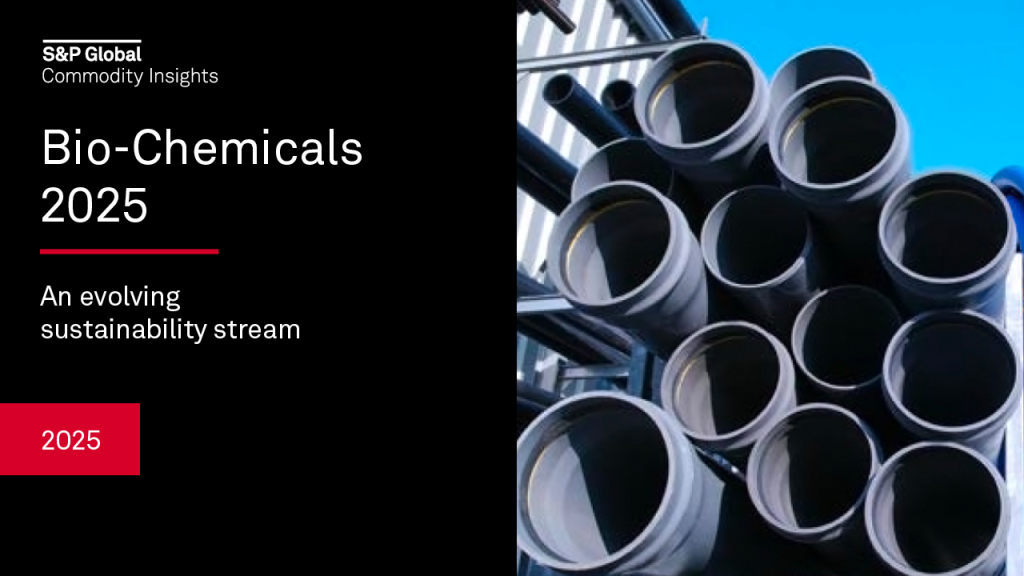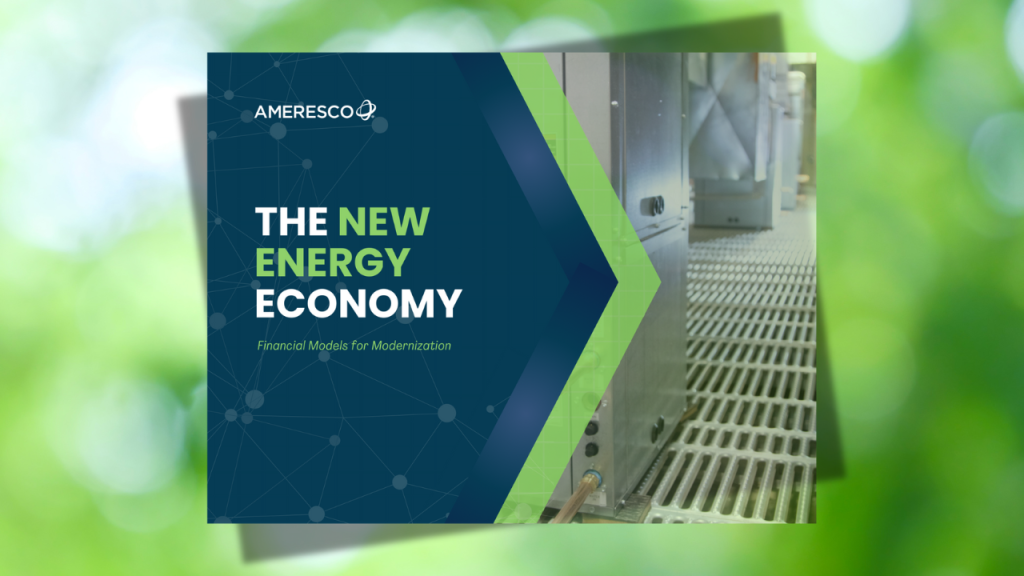How Mercedes-Benz, Cadillac and BMW are looking past leather
Volvo, GM and BMW are also investing in new materials to cut ties with carbon-intensive leather. Read More

- Mercedes is co-developing animal-free seats with Modern Meadow, at one-third the carbon footprint of cowhide.
- The industry is accelerating moves away from livestock leather, even as the automotive leather market is projected to nearly double by 2033.
- Scaling remains the biggest hurdle, so alt-leather startups rely on deep partnerships with automakers to approach commercial viability.
Leather seats epitomize luxury and comfort for many high-end auto enthusiasts. However revered, though, leather is a co-product of the meat industry, which is among the most carbon-polluting on the planet.
That’s one reason high-end automakers with decarbonization ambitions — including Mercedes-Benz, General Motors and BMW — have backed the development of animal-free alternatives for vehicle interiors.
Mercedes is the latest brand to collaborate on a substitute to traditional leather. In June, it announced its co-development, with startup Modern Meadow, on a plant and recycled-tire-based biomaterial for the seats of its Concept AMG GT XX sports car.
The Labfiber materials, including seats mimicking full-grain Nappa leather, is based on Modern Meadow’s Innovera product, “setting new standards in vehicle interiors,” according to Eileen Böhme, Mercedes-Benz’s director of innovations and future technologies. “By combining recycled rubber, plant proteins and biopolymers, it not only offers the same design freedom as conventional leather but also reflects the company’s sustainable strategy. We are driving innovation across the value chain, from materials to mobility.”
Modern Meadow’s early lifecycle analysis calculated Innovera’s equivalent carbon dioxide footprint at about 7 kilograms per square meter, roughly one third of the nonprofit Leather Working Group’s estimate for cow leather.
Innovera offers the durability, flexibility and tear-resistance of leather, according to Modern Meadow. “Auto seating is a bit of a holy grail application,” said the company’s CEO David Williamson. “If you’ve got a material that can work in that space, you’ve got a remarkably high-performing material.”
Market for leather and alt leather
The $37 billion market for bovine automotive leather shows no signs of slowing down, with projections of growth to $68.4 billion by 2033, according to Grand View Research.
Yet in addition to tooting out methane, livestock occupy vast swaths of land, which have wiped out valuable rainforests and grasslands. Farming and slaughtering make up 68 percent of the hides’ global warming potential, according to Leather Working Group. Tanning and finishing pile on additional impacts, leading to livestock’s contribution of 6 percent of overall greenhouse gas pollution in 2023, according to the United Nations.
A $12.5 billion synthetic leather market will reach $20.8 billion by 2033, according to research by DataDynamics.
How Innovera is made
Modern Meadow’s material originates with chemicals giant BASF, which turns old rubber tires into nylon fiber. Modern Meadow then uses the nonwoven material as a “scaffold” on which to add its Bio-Alloy. The Nutley, New Jersey, company’s biobased polyurethane uses waste from corn and rapeseed oil and soy farming.
The startup produces thousands of square meters per day of “dry white” material, which it sends to tanneries around the world for processing.
“When people walk into this room they say, ‘It smells like leather,’” Williamson said of Innovera. “That’s because it goes through the same process. It has all the same biological functionality that we attribute to leather, because of the plant protein functionality that we introduce into it. It’s why it dyes like leather, breathes like leather, processes like leather and ages like leather.”
Innovera can be used in aerospace, mass transportation, footwear, furniture, apparel and even electronics accessories, according to Williamson. He believes the company, which has raised $183.6 million, can churn out 500,000 square meters of it per year.
“We feel like we’re at a place, with Mercedes, to deliver that material for some super-demanding applications,” he said.
In addition, Innovera is “ready for circularity,” according to Williamson. “We can strip it back off the car, do some things to it, return it back to BASF, and it’s ready to have a new life. Sustainability is not required to drive adoption, but it certainly helps.”
Other animal-free interiors
Among auto brands, Volvo has been ahead of the curve. Four years ago, the Swedish company announced that its new seating material, Nordico, would serve a goal of recycled or biobased materials in one-quarter of new cars by 2025. By 2030, Nordico is likely to feature prominently in Volvo’s target of 100 percent leather-free and electric vehicles.
The material features recycled polyethylene terephthalate (PET) bottles, a practice that circular economy watchdogs criticize for taking material from closed-loop, bottle-to-bottle recycling. Nordico also uses recycled wine corks and “bio-attributed” material from Nordic forests.
General Motors’ Cadillac has pursued leather with neither livestock nor petrochemical origins. GM Ventures in 2022 invested in MycoWorks, a mycelium material then making its debut beyond fashion. The automaker featured the San Francisco startup’s Fine Mycelium technology in the concept Cadillac Sollei EV.
Four years ago, GM had set goals to reduce Scopes 1 and 2 emissions by 72 percent by 2035 compared with 2018, and Scope 3 emissions by 51 percent per kilometer per vehicle. However, the company did not submit those goals in time for validation by the Science-Based Targets initiative (SBTi).
For others, the alternative to virgin leather is recycled leather. Alongside Coach parent Tapestry and Dr Martens, Jaguar Land Rover’s venture arm in 2023 invested $18 million in startup Gen Phoenix, which upcycles tannery waste.
Fits and starts
It hasn’t been a smooth path for animal- and plastic-free seating within cutting-edge car designs.
In 2021, BMW iVentures threw its backing behind Natural Fiber Welding, a Peoria, Illinois, startup brewing plastic-free, leather-like Mirum from plants. The undisclosed investment explicitly served the German automaker’s science-based goals for 2030, validated by the SBTi. These include reducing emissions per vehicle for Scopes 1 and 2 by 80 percent and by at least 33 percent across all scopes per vehicle.
Although Natural Fiber Welding has raised $224 million, the decade-old company recently endured its third round of layoffs in three years.
In another failed promise, in 2022 Mercedes-Benz’s Vision EQXX featured mycelium-based Mylo “leather” material. “Working with these innovative, sustainable materials to design the interior of the VISION EQXX was a hugely liberating and exhilarating experience,” chief design officer Gorden Wagener said at the time. But the high was short-lived. Bolt Threads, which produced Mylo, discontinued it one year later to focus on developing vegan “silk.”
That failure reset industry expectations, as did the slow progress from companies such as Ecovative and SQIM, according to Lux Research Analyst Tiffany Hua. “It also points out how hard it is to move from pilot-stage innovation to commercial-scale production,” she said.
“For higher-performance use cases there are additional requirements where extra binders, coatings or backing materials are often needed,” said Hua. Therefore, surface treatments and tanning processes address the shortcomings in strength, flex resistance and durability.
“Most developers I’ve spoken with rely heavily on co-development partnerships with OEMs and brand partners to get anywhere close to meeting performance benchmarks,” Hua noted.
For now, then, the potential for mycelium-based materials remains in the premium and luxury markets, she added.

Subscribe to Trellis Briefing
Featured Reports

The Premier Event for Sustainable Business Leaders
















